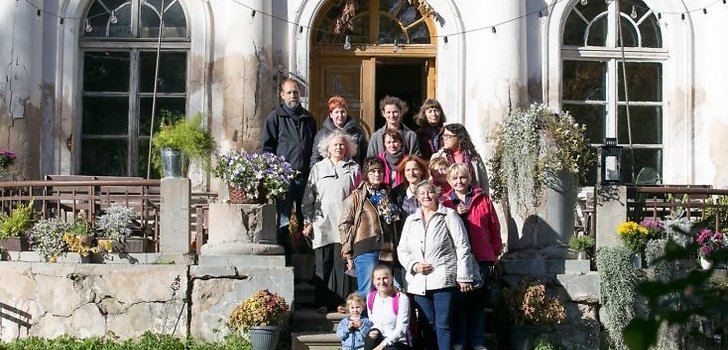
The Scream shows Indigenous children being taken away from their families by the Catholic church. (Courtesy of Kent Monkman).
There’s a good article up about Canada 150 and whether or not Indigenous artists chose to participate. For some, it was an opportunity to get a sharp point of view home, and for others, it was nothing more than a celebration of colonialism and genocide, especially given how Indigenous people continue to be treated across Canada.
As Canada 150 celebrations extol the glory of Canada’s past and present, one group of artists is not so quick to join the party. Indigenous artists view the sesquicentennial with mixed feelings, with some using it as a platform to tell their peoples’ side of the story, and others opting to boycott the celebrations altogether.
“People come out and want to hear all these stories about Canada, and sometimes they don’t want to take the bad with the good,” says Vancouver-based playwright and composer Corey Payette, whose new musical, Children of God, tells the story of Cree children in residential schools. […] “For me it’s about educating non-Indigenous people, educating mainstream audiences, on what would this have been like if this had been your child? What would that have done to your family and the future of their children and the intergenerational trauma of that?”
But photographer Nadya Kwandibens feels the only right way to respond to Canada 150 is to boycott it.
“The way I see it is, these celebrations are a celebration of colonialism and, as an Indigenous person, I’m choosing not to celebrate colonialism,” said Kwandibens in an interview with CBC News from her home on Animakee Wa Zhing First Nation in northwestern Ontario. Her photos are positive, empowering images of young Aboriginal professionals thriving in urban centres and of elders teaching children. But Kwandibens doesn’t want to see them used in the context of Canada 150.
The Full story is here.




















